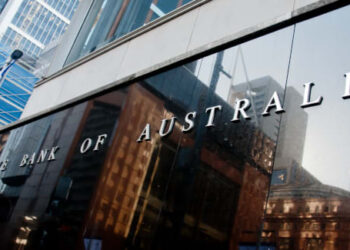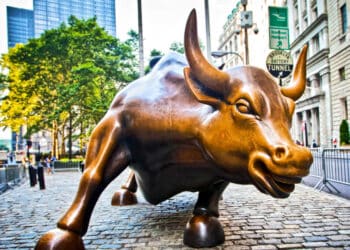Data from Vanguard this week revealed that total inflows into ASX ETFs over the March quarter topped $11 billion, with Australian equities recording a record investment as Australians increased their exposure to local companies.
Namely, while ASX-listed ETFs investing in international equities again captured the largest share of inflows – $3.90 billion over the March quarter – Australian equities attracted record inflows of $3.15 billion.
However, new figures from VanEck, which examined the industry over the month of March as opposed to the quarter, found that Australian investors are indeed looking more seriously at onshore opportunities.
This is in contrast to last year when international equities were largely credited for the lion’s share of net flows into ETFs. Inflows into this segment of the market amounted to more than $15 billion last year, more than double those funnelled into Australian equities.
“Net flows for March saw a reversal in leadership, with Australian equity moving to the top and international equity flows roughly halved,” VanEck said.
“Subdued flows into the latter reflected a greater focus on valuations and investors rotating away from US equities.”
Namely, Australian equities saw $1.07 billion of inflows in March, while international equities trailed with $777.82 million.
This was reflected in the Vanguard Australian Shares Index ETF topping the market for net flows in March, at $403.68 million. On the other side of the coin, the iShares S&P 500 ETF saw $298.71 million of investor dollars funnelled out of the fund over the same period.
Taking risk off the table
Strong inflows into ETFs driven by local equities have helped push the Australian ETF market to a record $250.4 billion, according to new data from Betashares.
“Notwithstanding ongoing market volatility, industry inflows remained strong – with $3.6 billion of net flows for the month – the third-highest monthly inflow on record,” Betashares revealed.
But strong inflows did not manage to offset global sharemarket volatility. Even though the ETF industry’s size remains above the $250 billion line, assets still fell by around 2 per cent month-on-month, marking a total market cap decline of $4.96 billion.
At the same time, ASX trading value was a record $19 billion over March, a near 50 per cent increase on February, and notably higher than the values seen during the pandemic.
“This comes as investors looked to rebalance their portfolios, take advantage of buying opportunities, and take risk off the table amid the volatility,” the ETF provider explained.
Perhaps unsurprisingly then, both gold and gold miners were some of the best performing funds over the period.
“Gold was the asset class du jour in March, with the price of gold surpassing US$3,000 per ounce for the first time,” VanEck noted.
Expounding on this, VanEck said that gold miners have historically outperformed gold bullion when the price of gold rises.
“And while they have lagged in the last few years, recent performance indicates a potential return of gold equities to their traditional role as a leveraged play on gold.”







